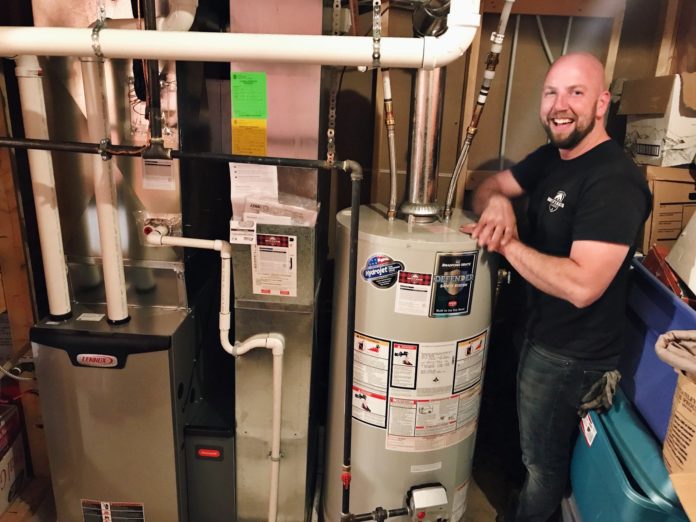- A yearly tune up is important. Today, furnaces are not only more efficient, they have more safety switches and parts that need to be serviced regularly. A yearly tune-up also ensures your warranty is upheld.
- The majority of new home furnaces are designed with planned obsolescence. New homes are usually equipped with a lower-end furnace, designed to last 10-15 years at best. The manufacturers know this and give this grade of furnace a 10-year heat exchanger warranty. When you replace your furnace, you should be replacing it with a furnace that has a lifetime heat exchanger warranty.
- A high-efficiency furnace will save you money. You will not only save 10-40% in gas consumption (depending on the efficiency you choose) but also a significant amount in electricity. High-efficiency furnaces are also quieter and produce much more even heat throughout your home.
- Your filter needs attention. I only recommend two different types of filters. The first is 1” disposable (fibreglass or pleated) which need to be changed every 1-3 months. The second is an upgraded media filter: a 4” wide filter that stops smaller particles while letting a lot of air through. The national efficiency rating for a filter is a MERV (minimum efficiency reporting value) rating. The higher the rating the better the filter and the smaller the particles it stops while letting in the same amount of air. Stay away from electrostatic air cleaners. They are hard on your furnace fan because they restrict air flow, and their MERV rating is low.
- Duct cleaning doesn’t just mean vacuuming less. Duct cleaning is recommended every 2-3 years not just for collecting dust but also to protect your motor. The time between duct cleanings depends on your lifestyle and your home type.
- Choose your installer wisely. A good furnace installation is more technical than just picking the right furnace. A good installer will ensure that the output both in BTUs (gas being burnt) and in CFM (amount of air movement) matches your home’s needs, as well as the duct system already in place.
- Your humidifier could be hiding a gross little surprise. If you have a drum humidifier in your house, not only is it probably broken and not moving humidity through your home, it could be growing mold. There is only one style of humidifier that adds humidity to your air without posing other problems: a flow-through humidifier.
- Return air is just as important as hot air runs. Return air (air that goes into your furnace) in your house is equally as important as having supply air (the cool air from your AC or the warm air from your furnace). Most houses do not have enough return air runs in their home. You can add as many hot air runs as you want, but if you don’t have the negative pressure (return air) to balance the positive pressure (supply air) your furnace will not heat or cool your home effectively. When a HVAC technician does an analysis of your home before installing a new furnace, this should be considered.
- Your cheap uncle was wrong. A programmable thermostat should never be programmed in heating season more than a 4-degree difference. Any more and you waste gas in the recovery to the desired temperature. In air conditioning season, no more than 2 degrees.
- Get to know your furnace guy. It’s important to know the credentials of who is installing for you. Unfortunately, in our industry, there are many people doing the work of a certified tradesman without the proper credentials. It is your right to ask to see these certifications!










